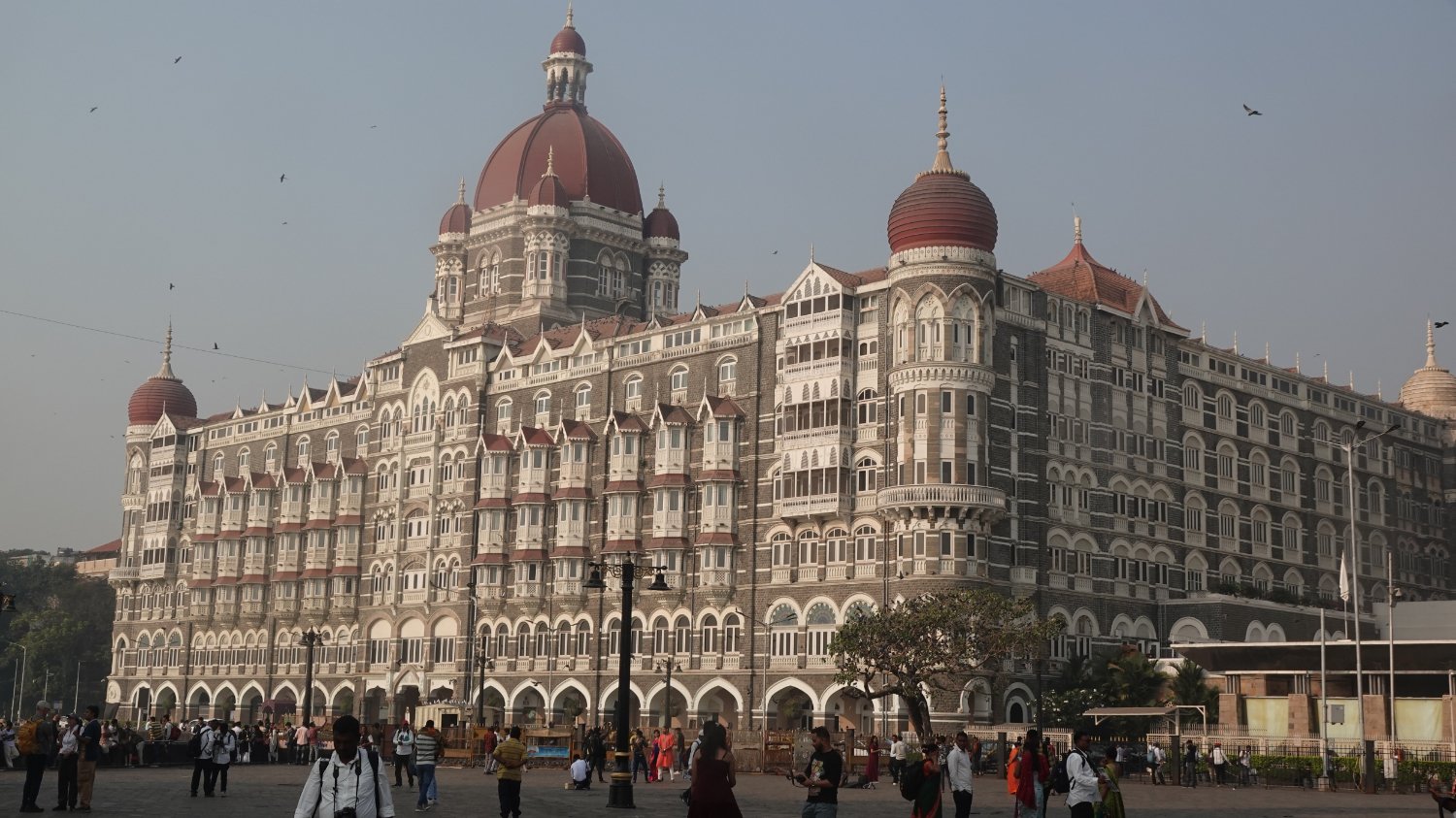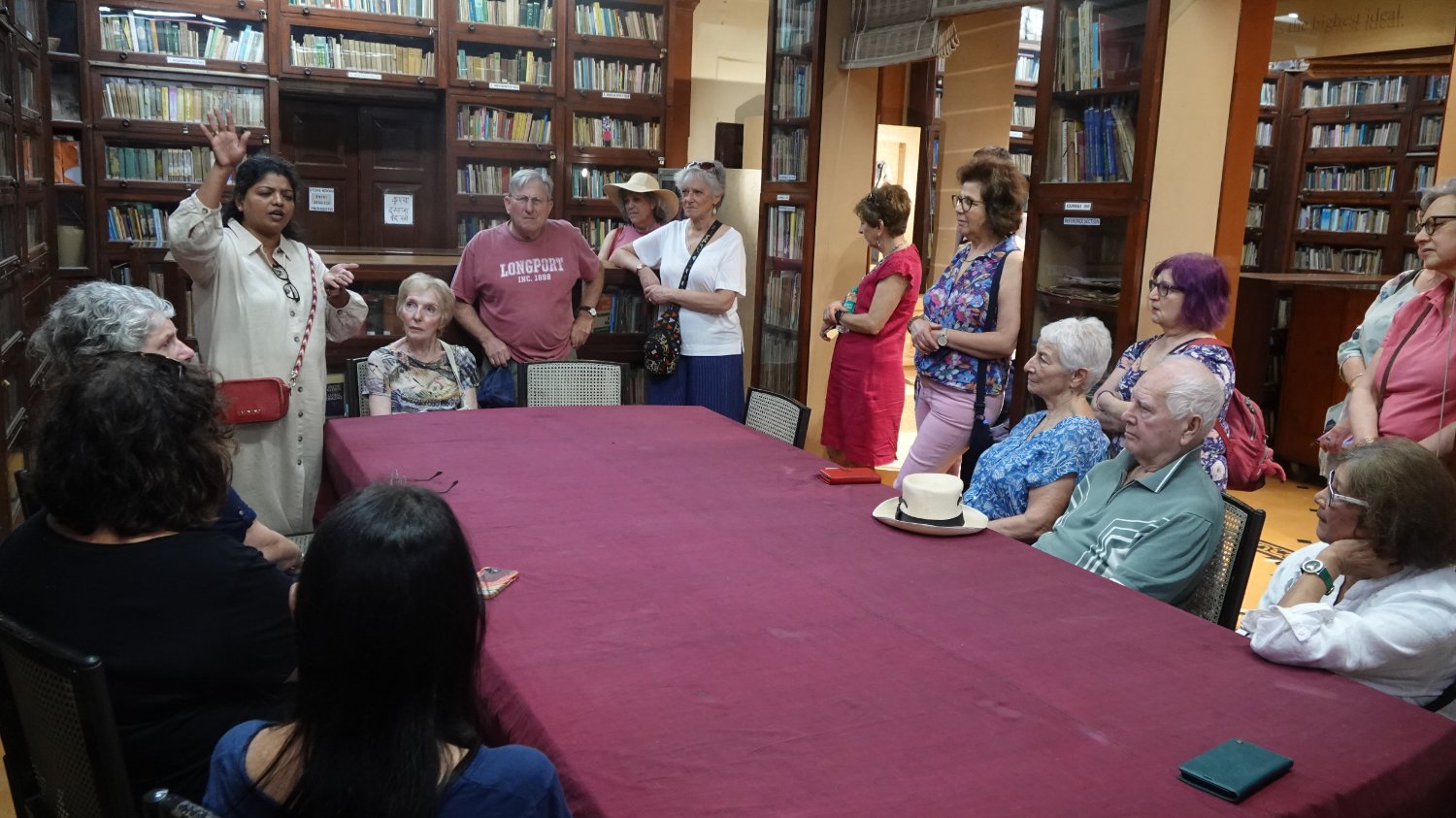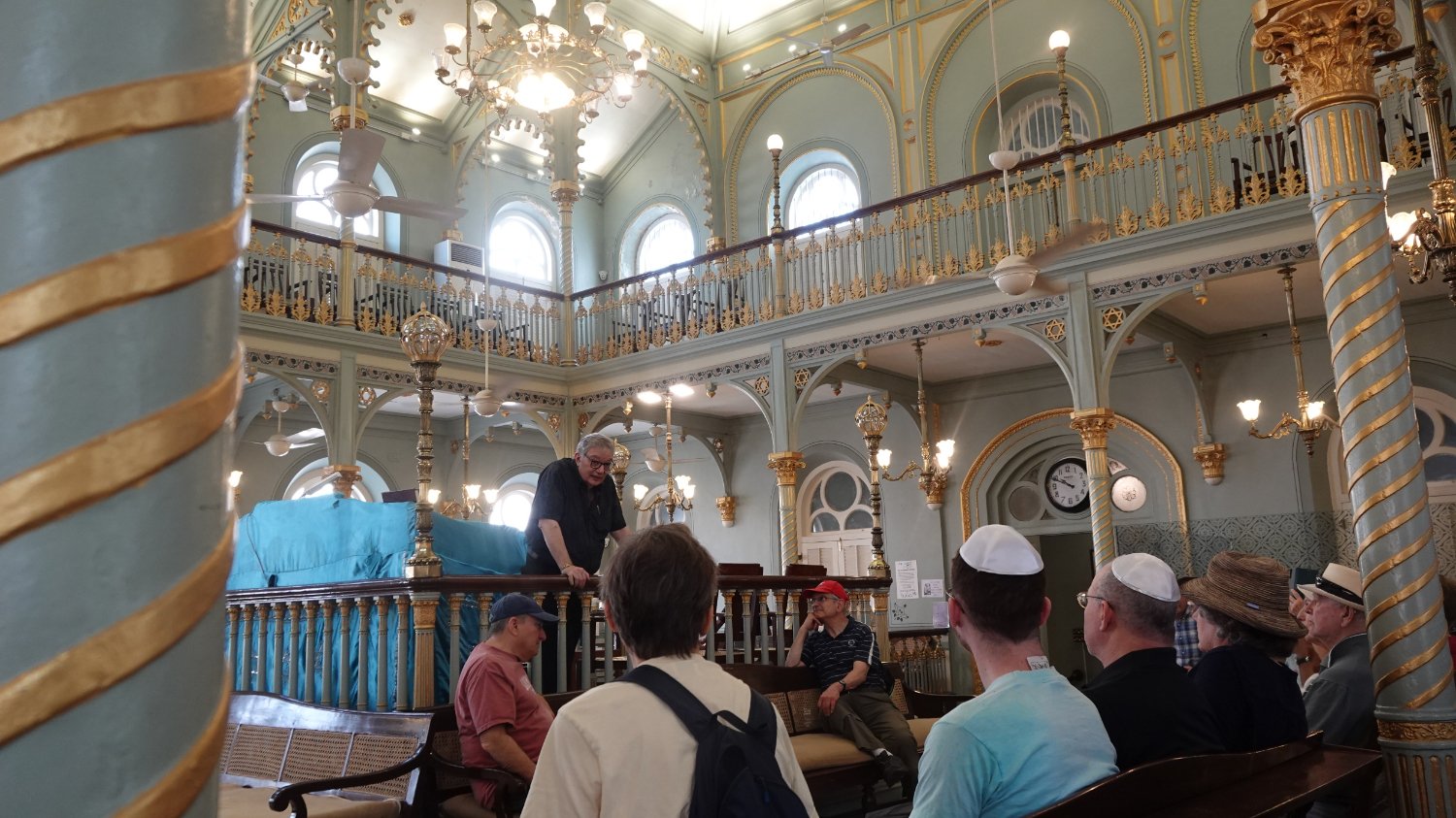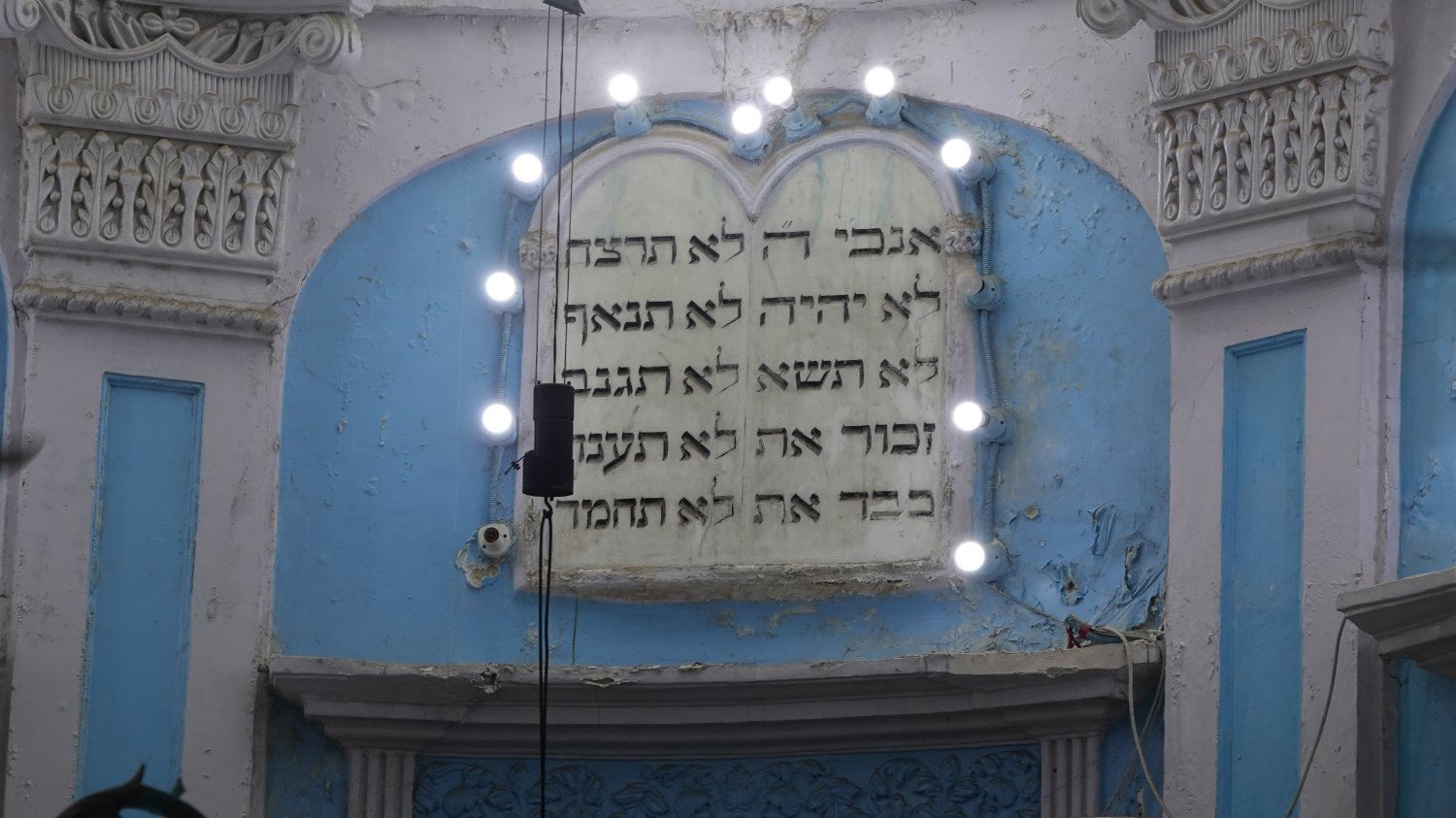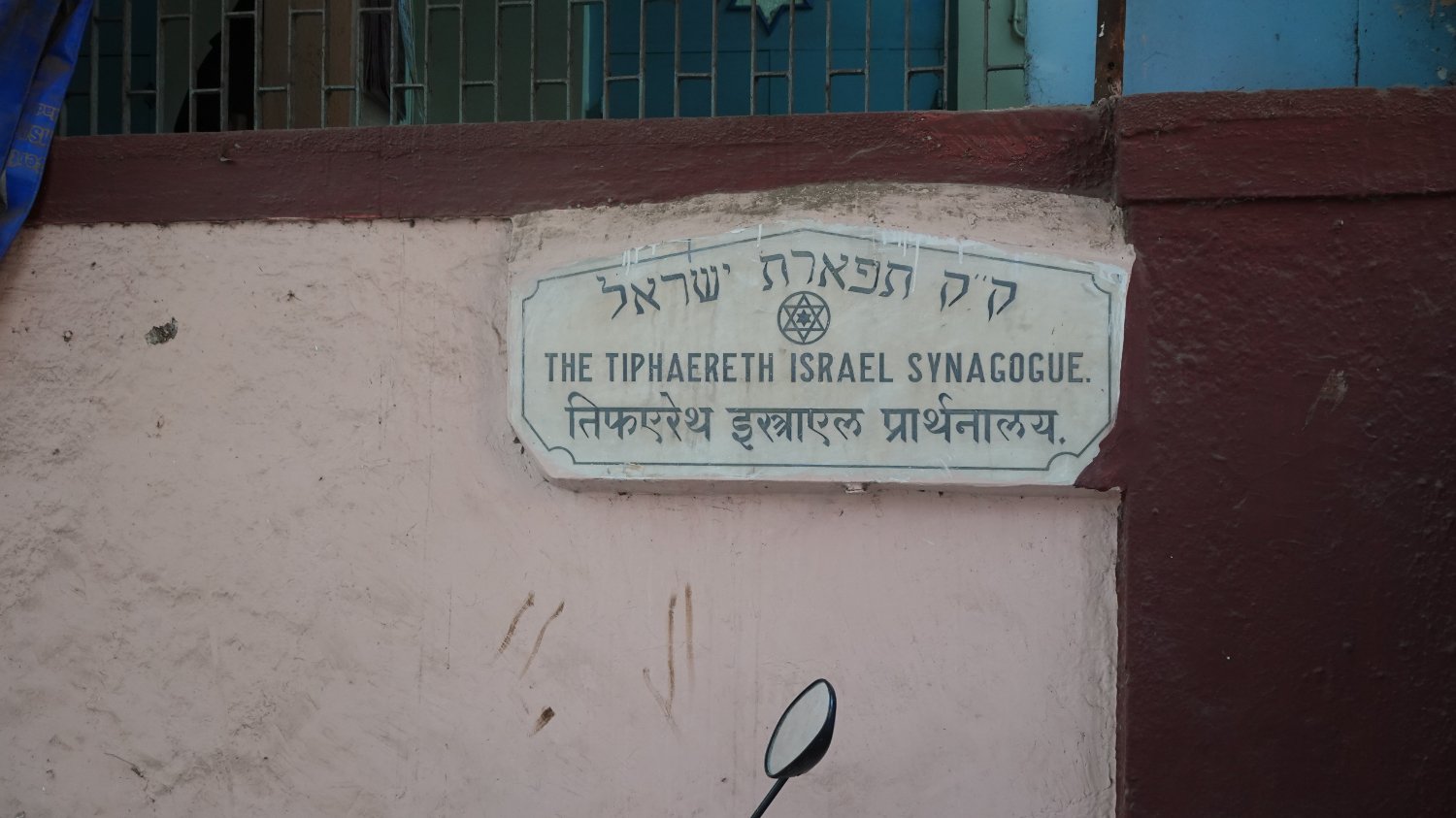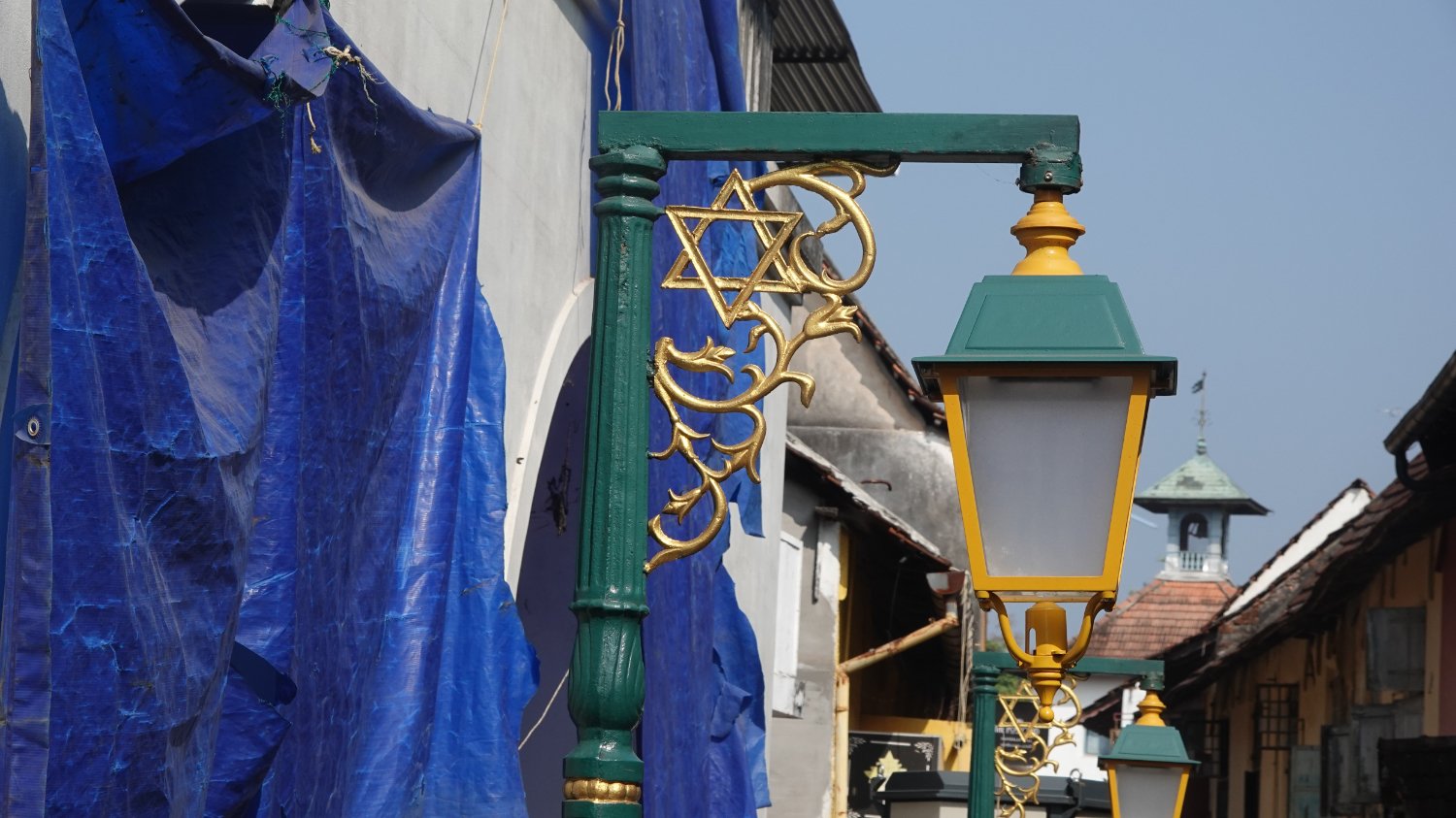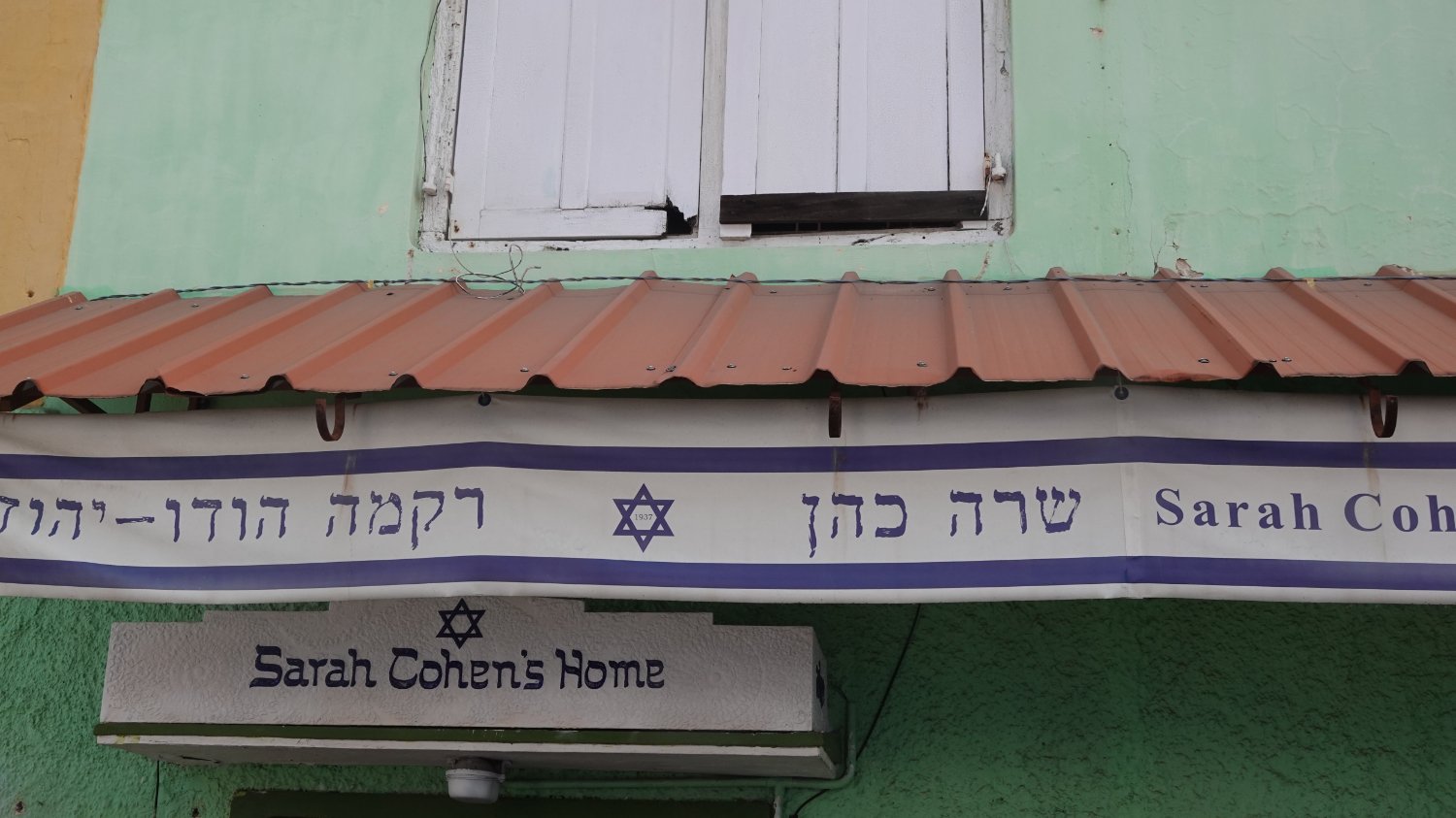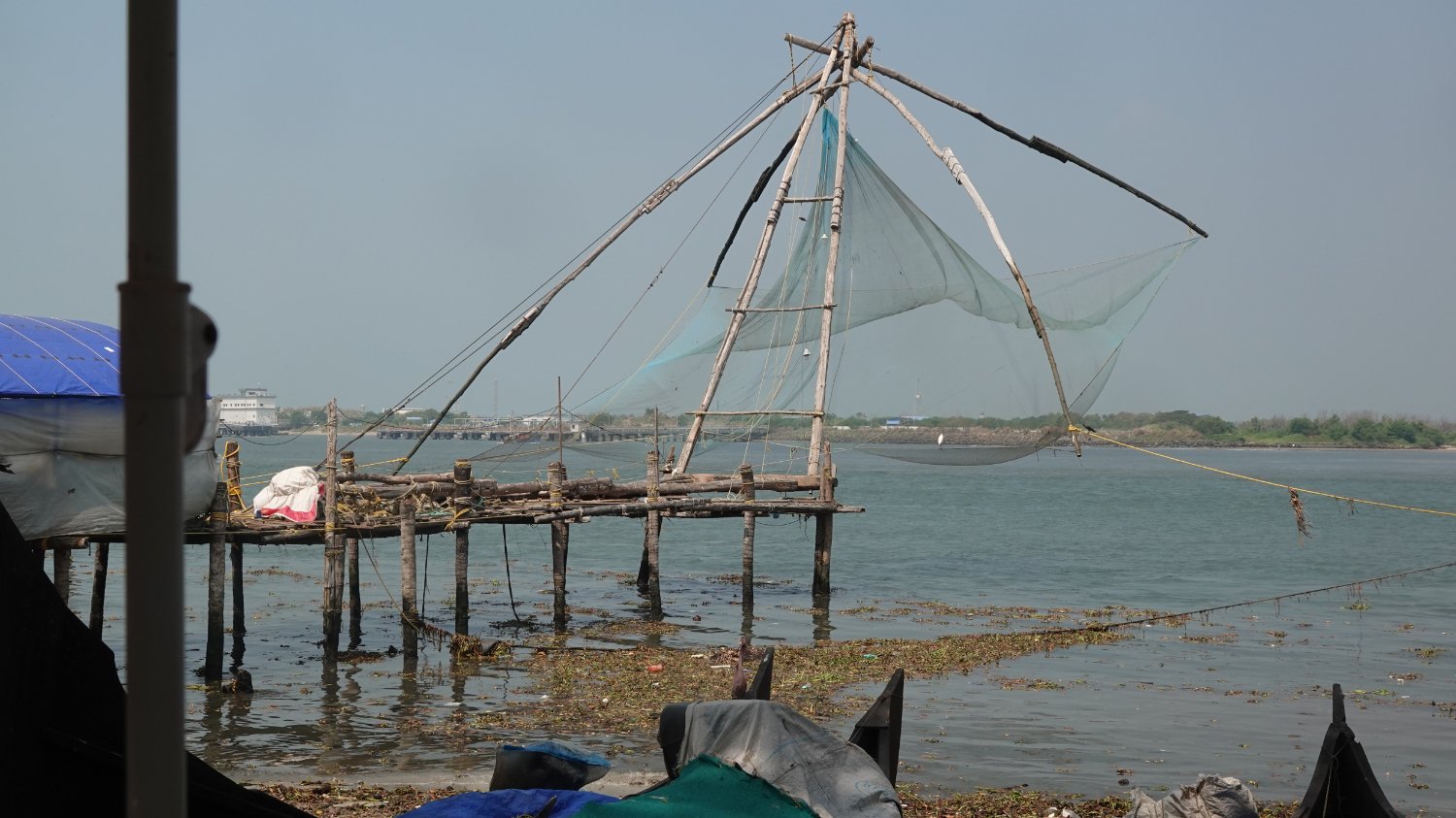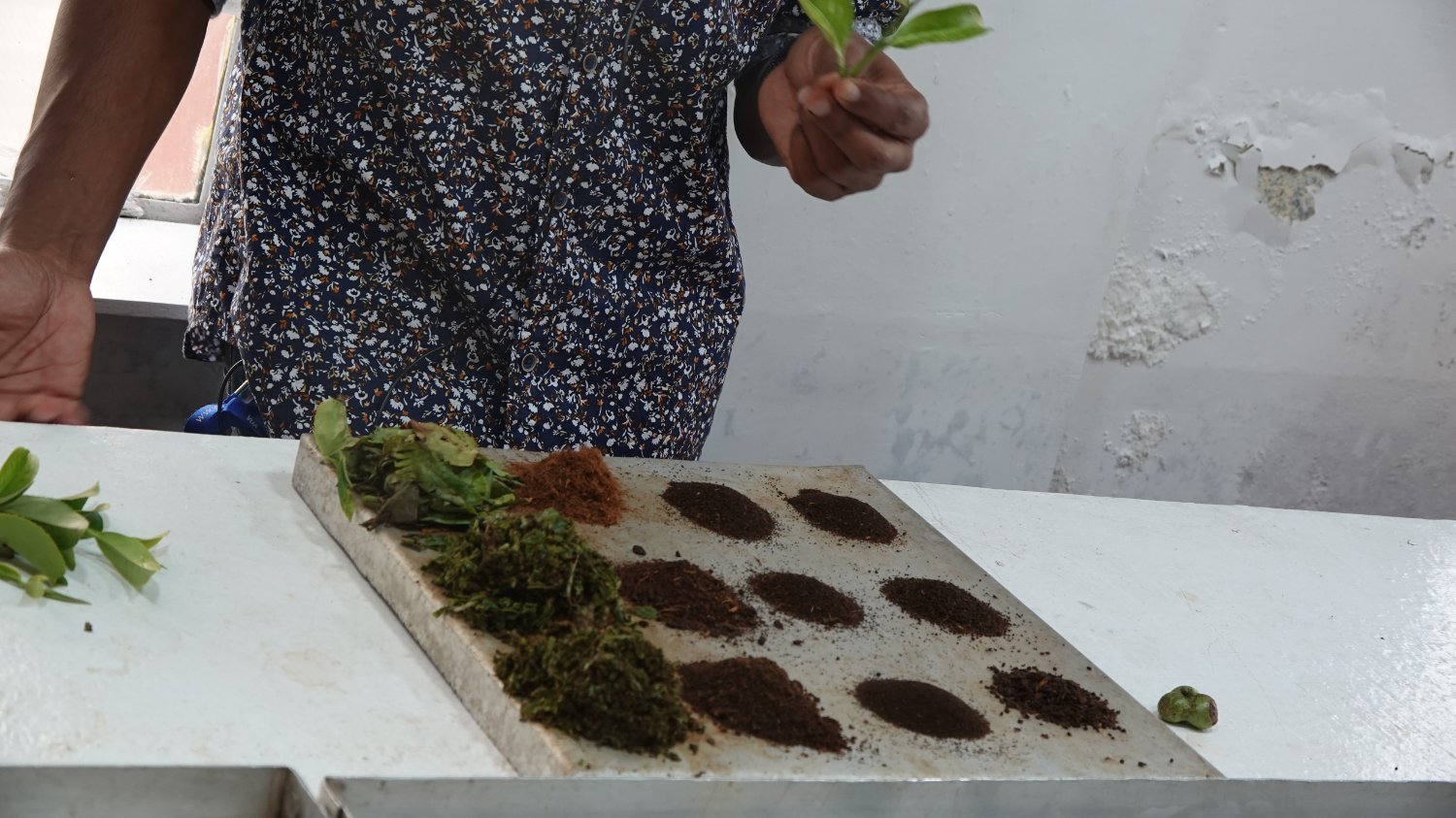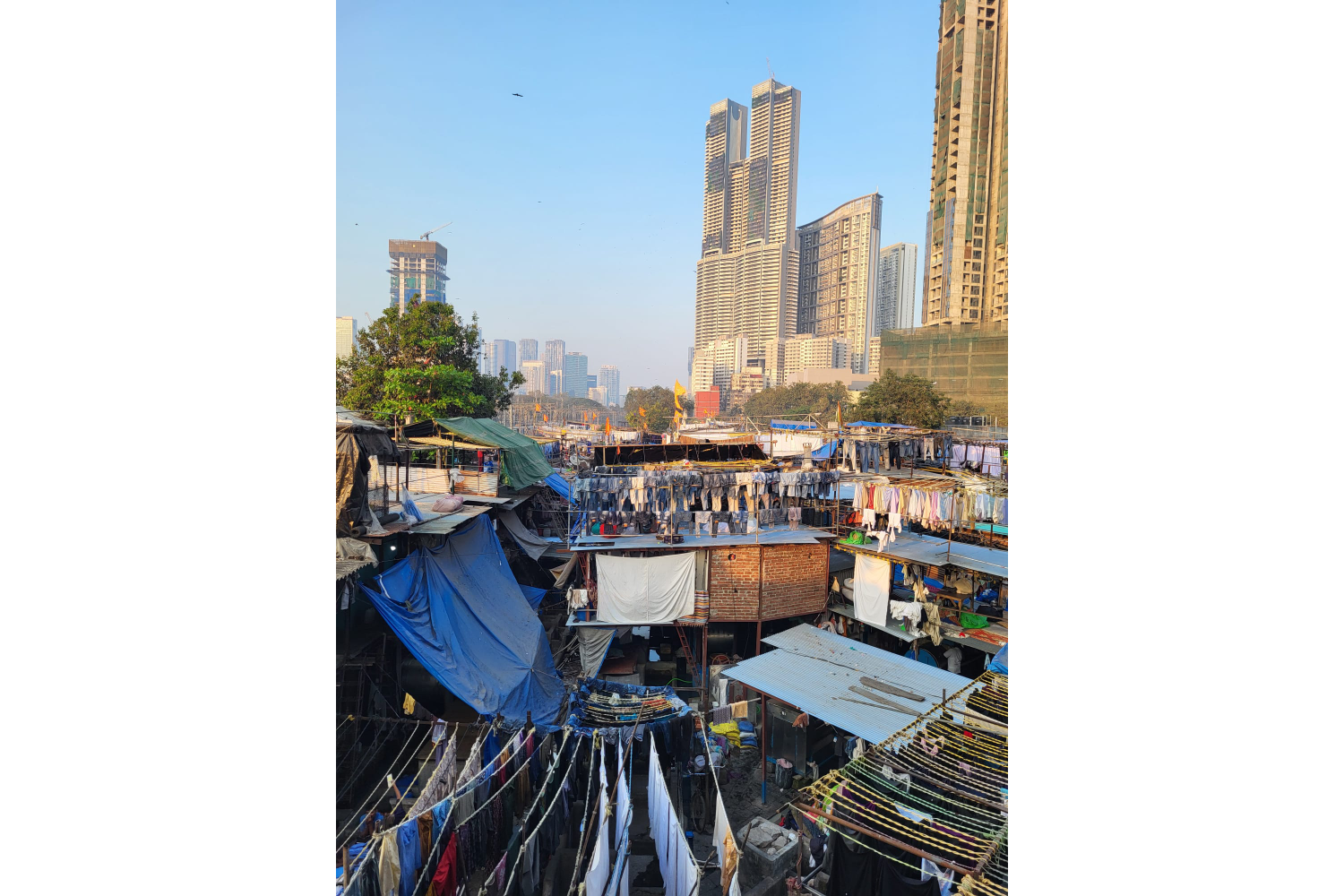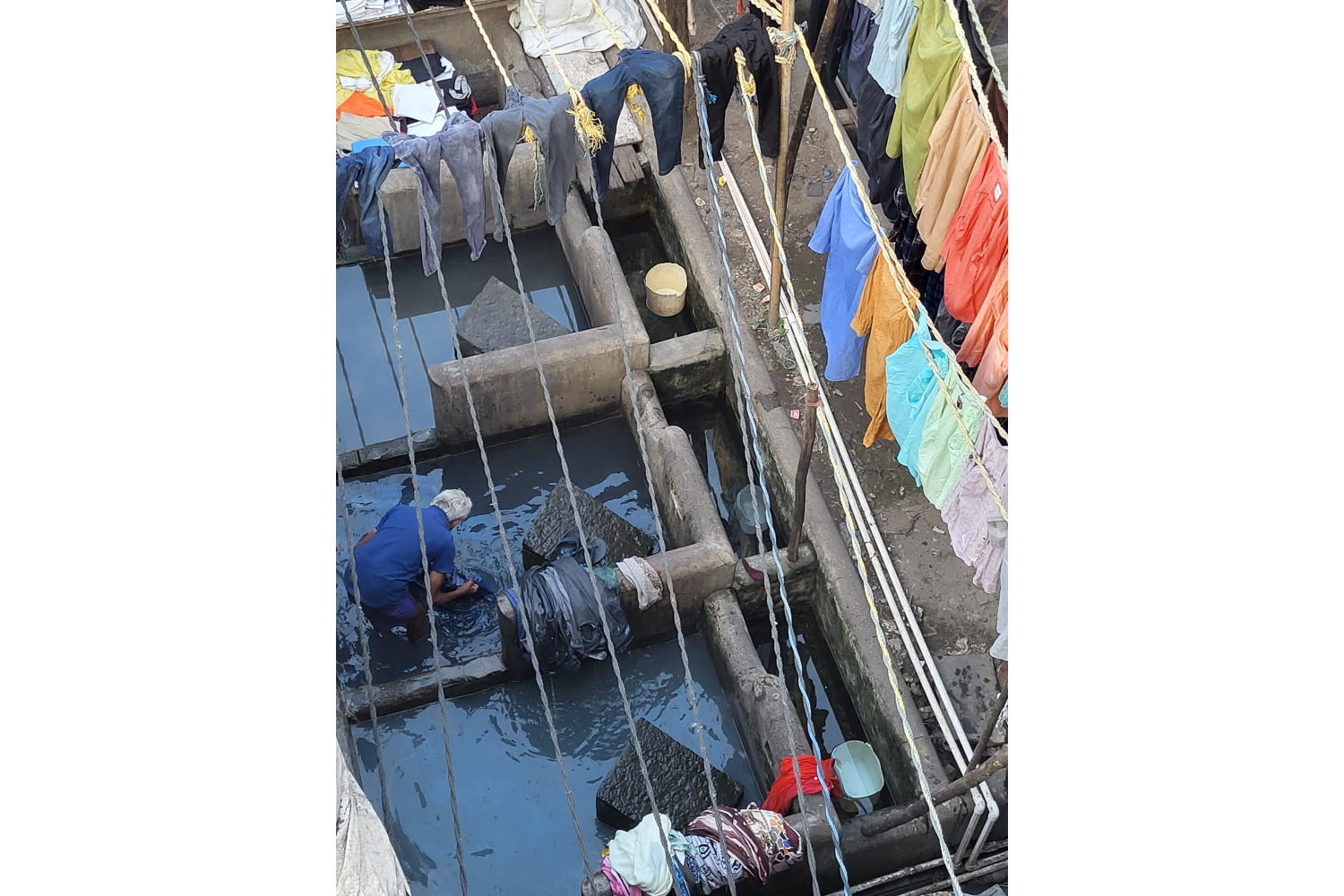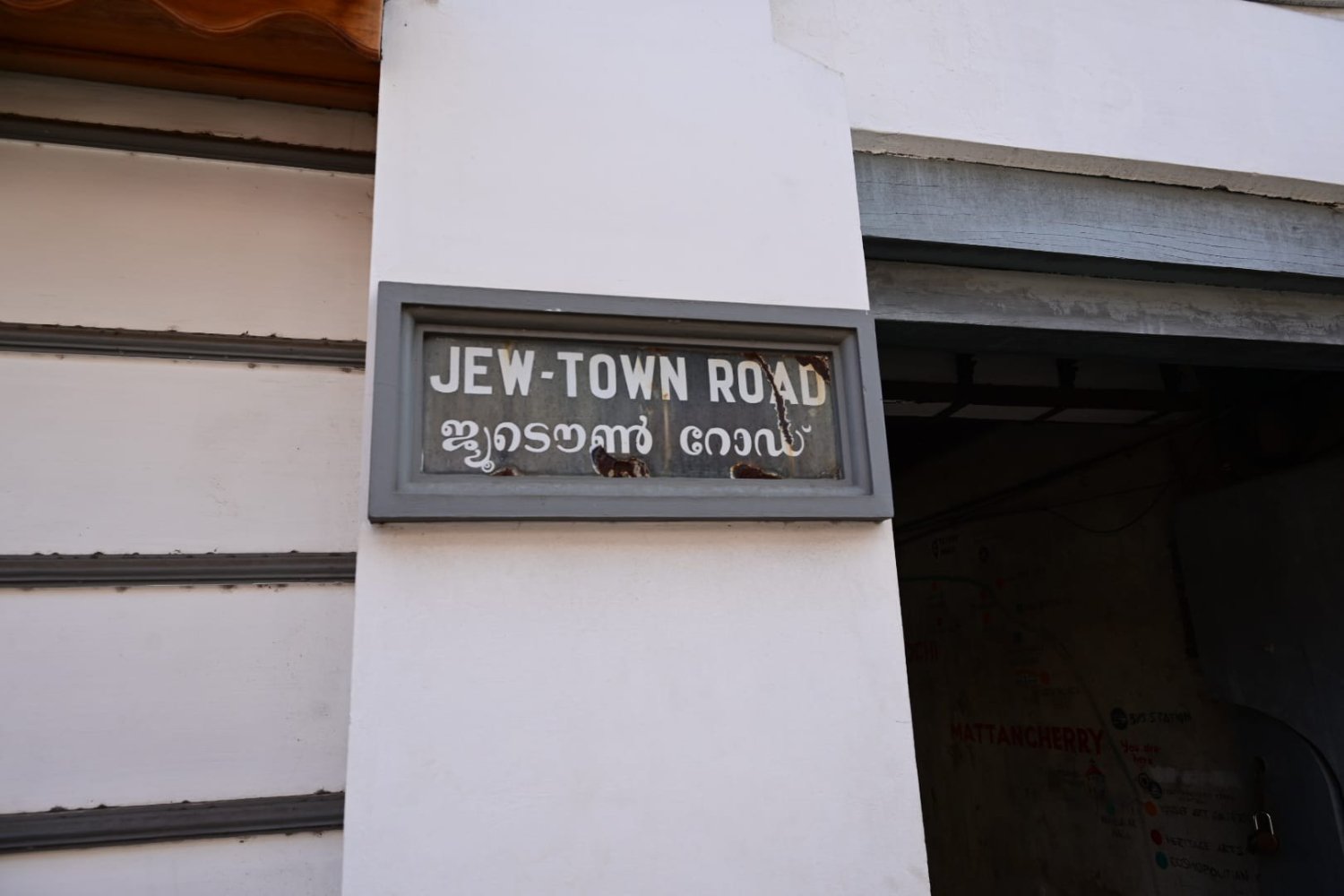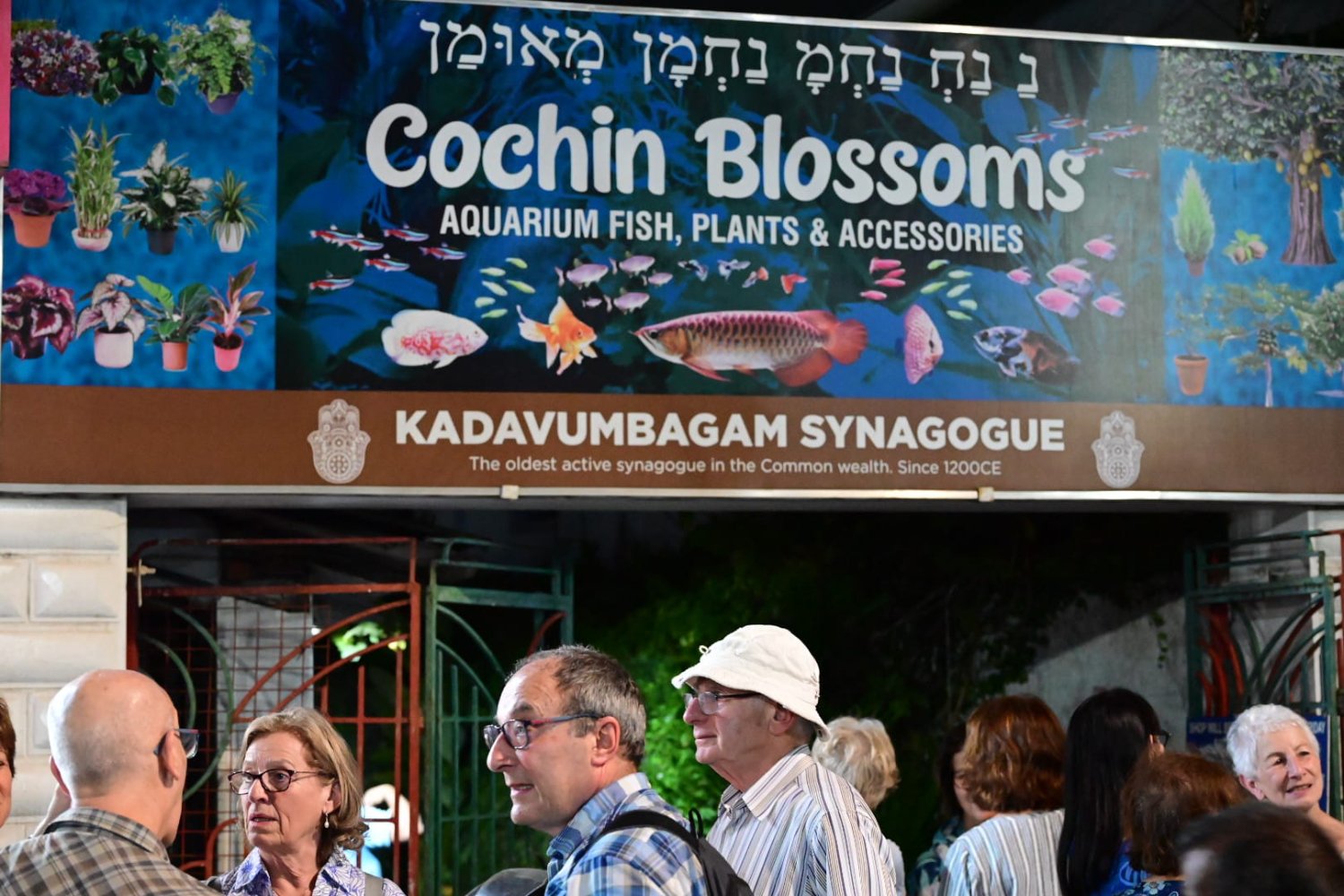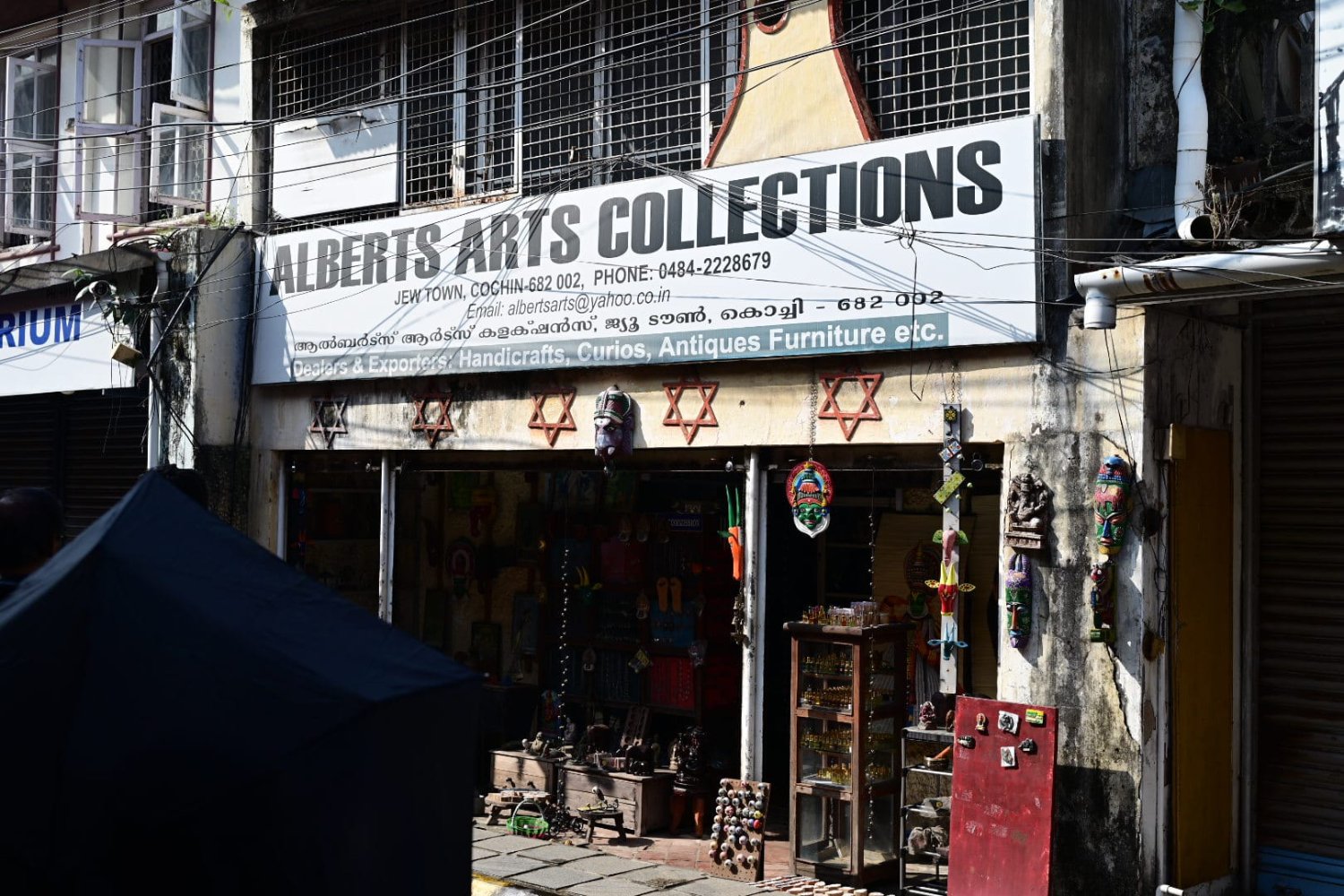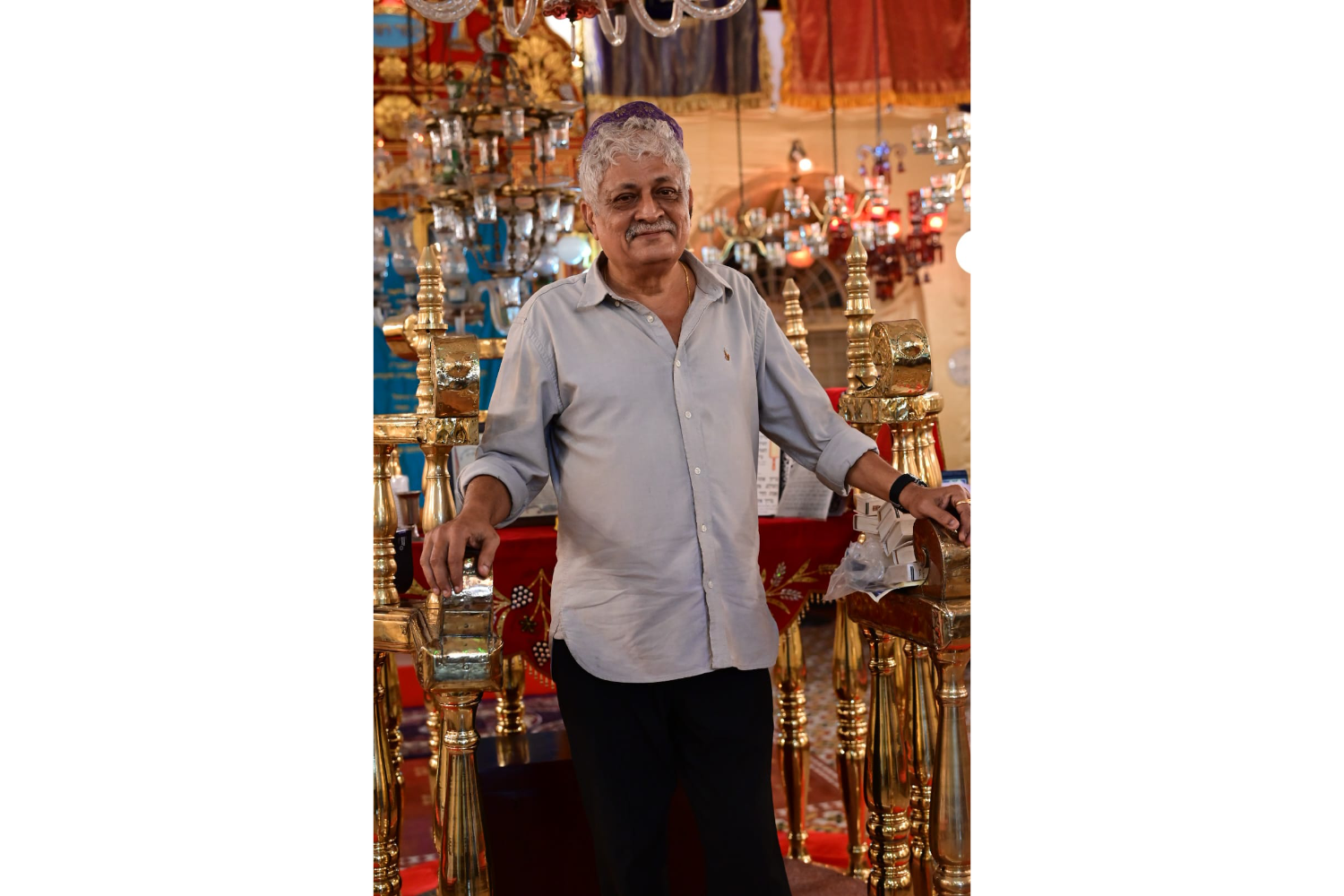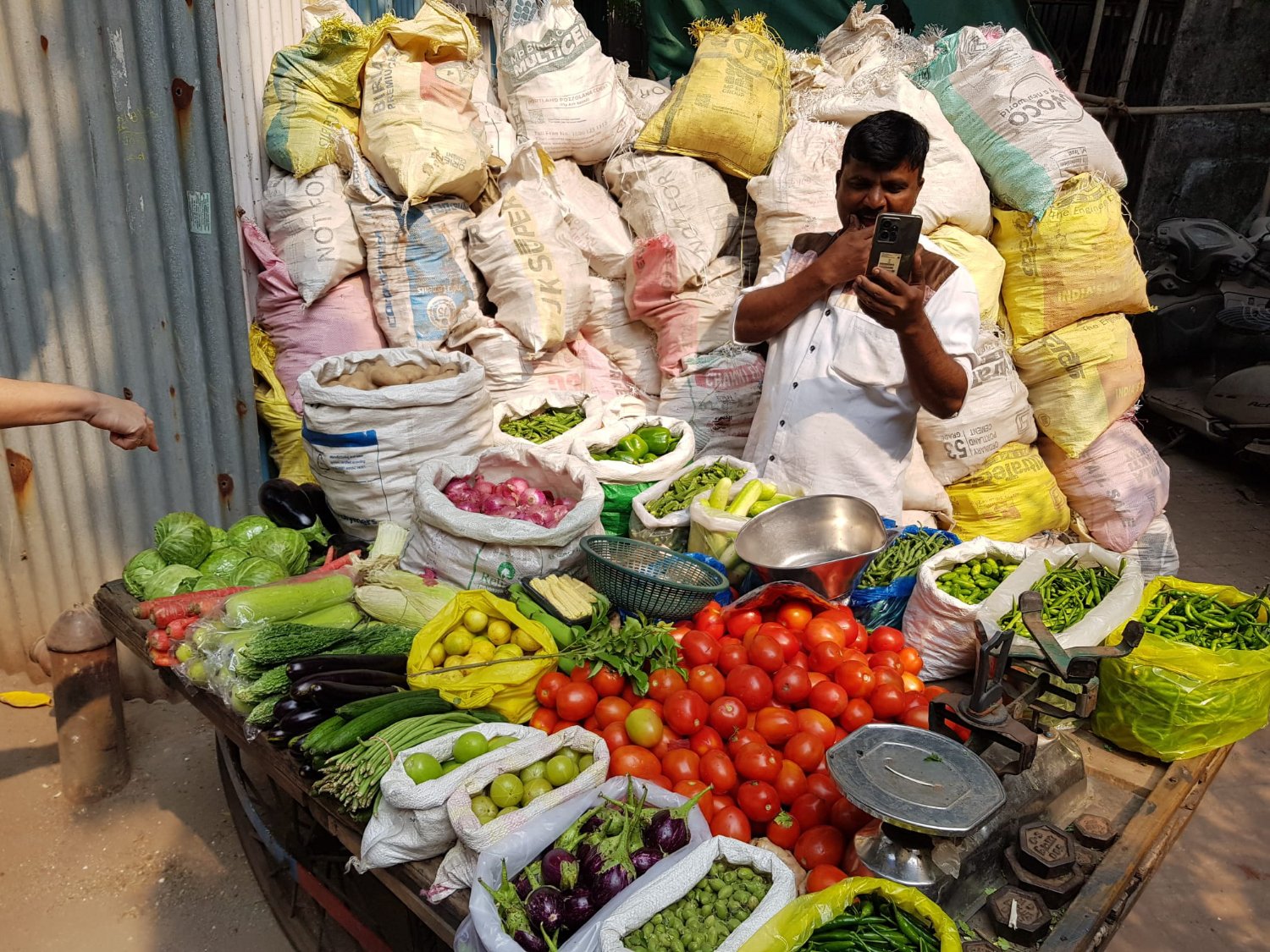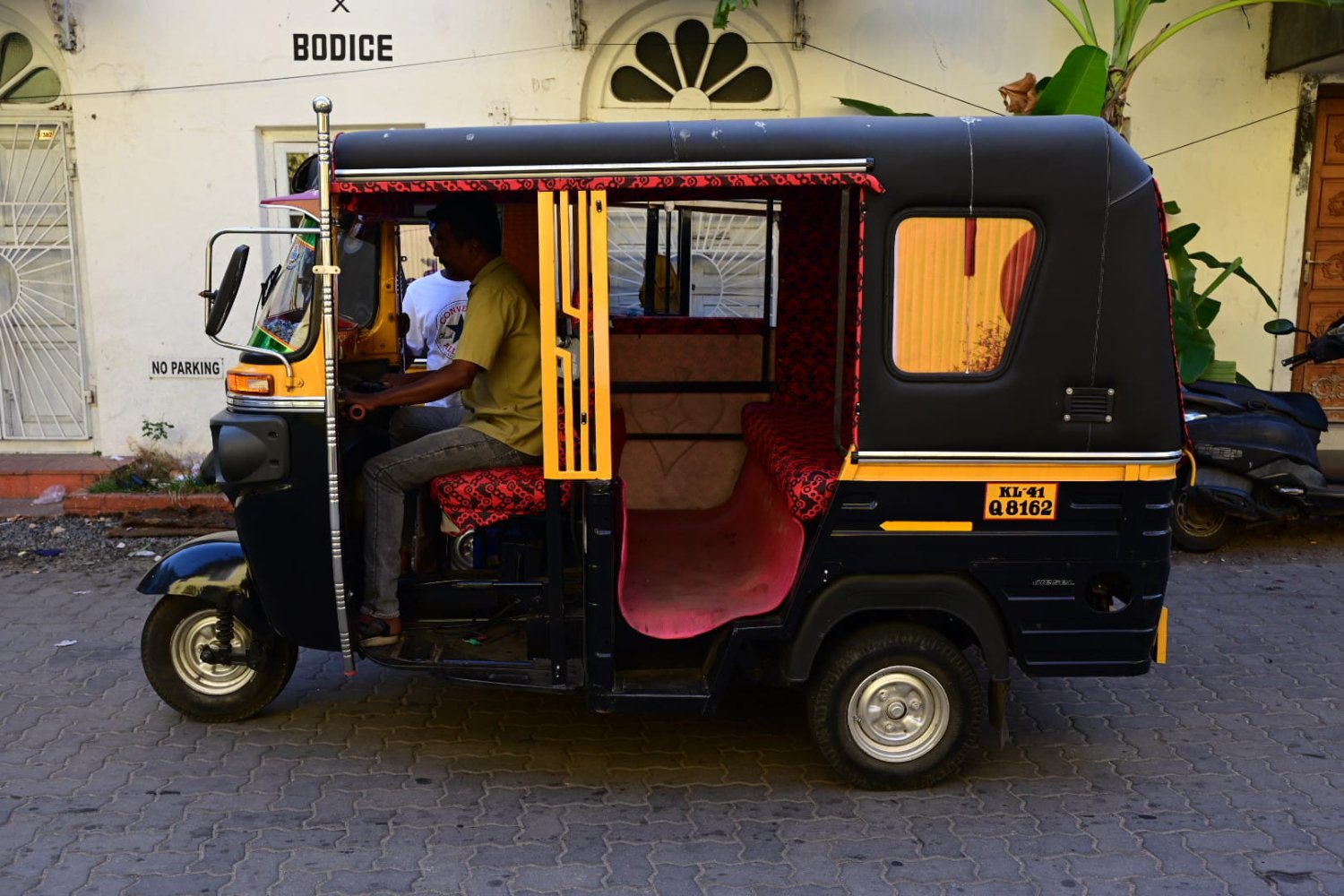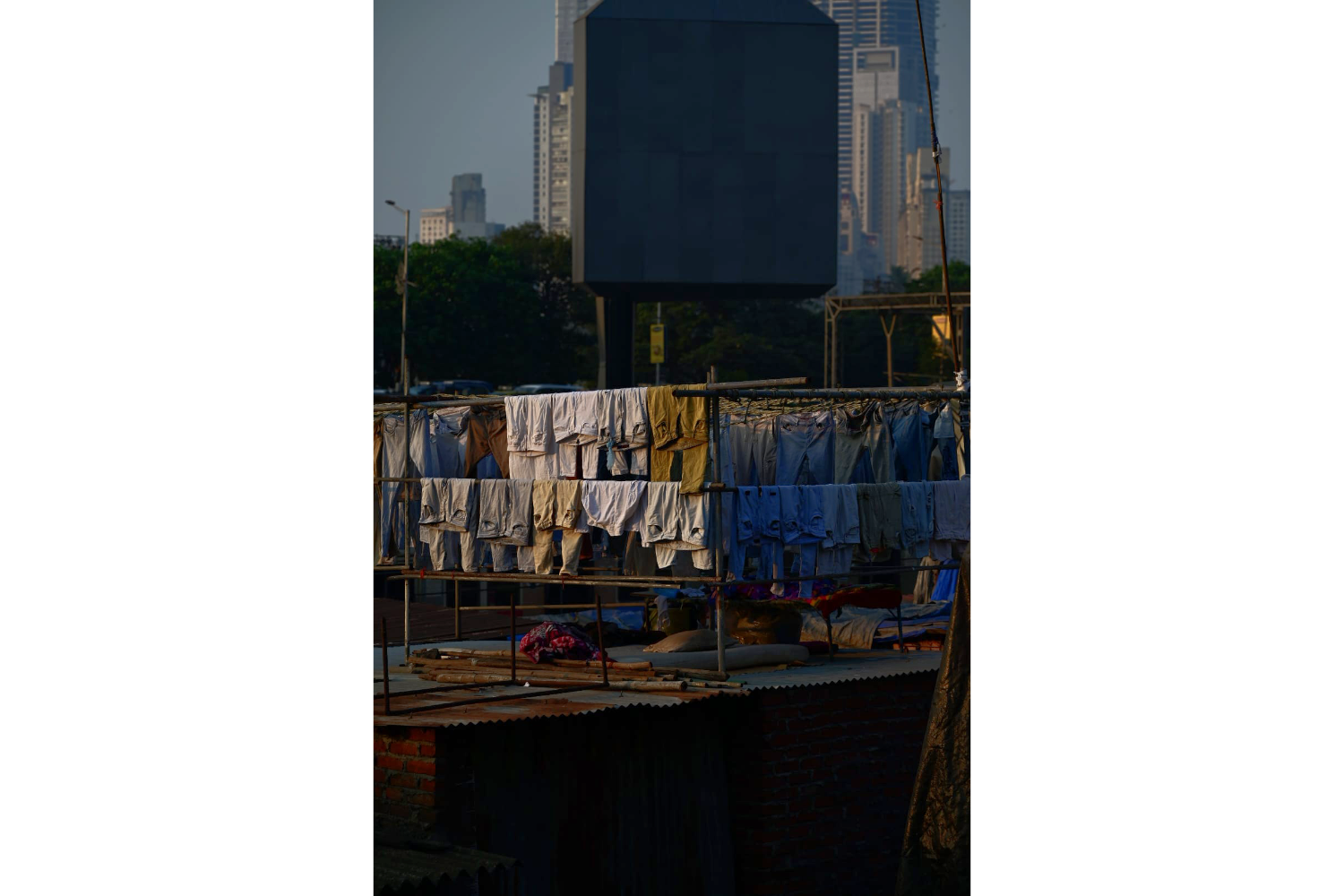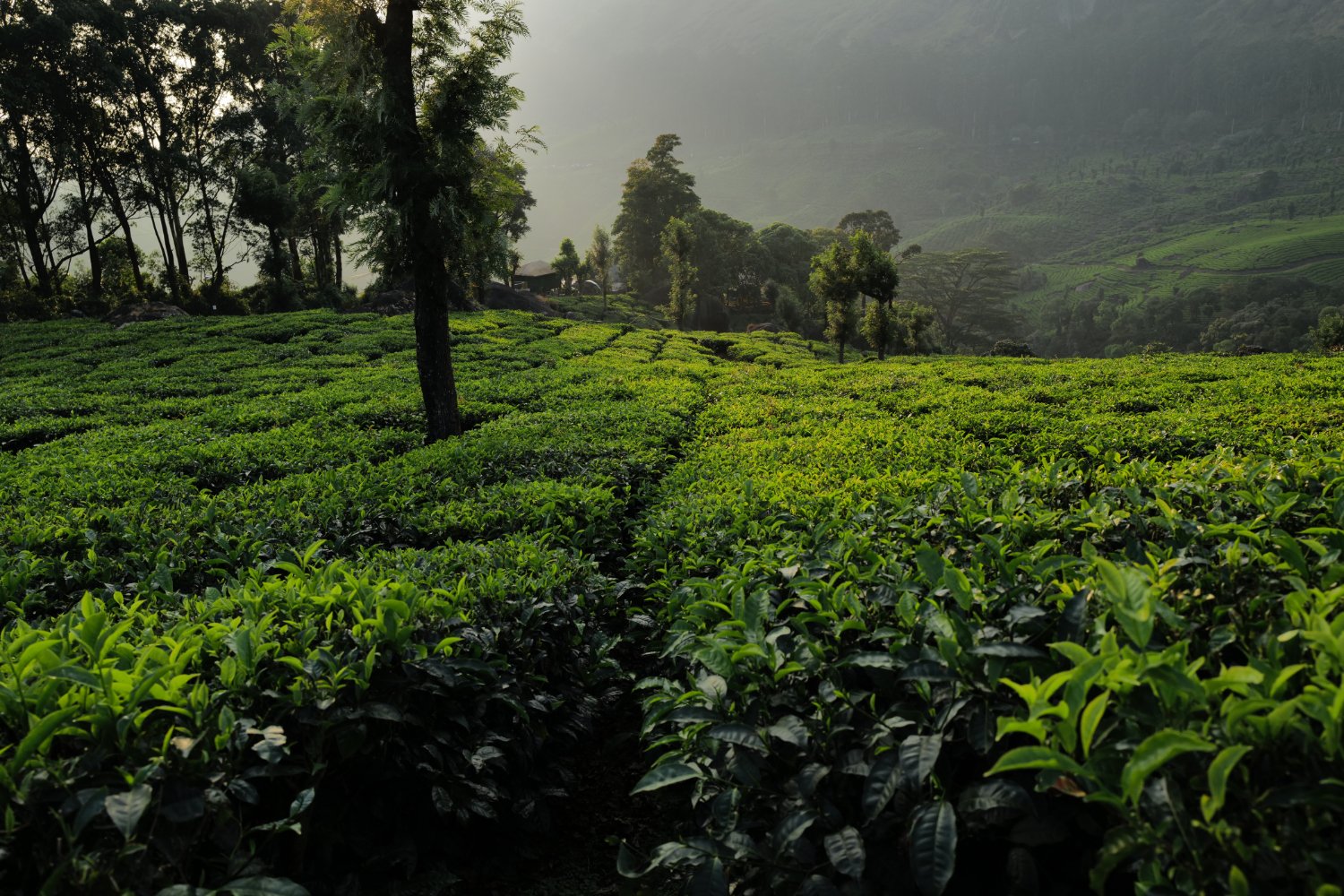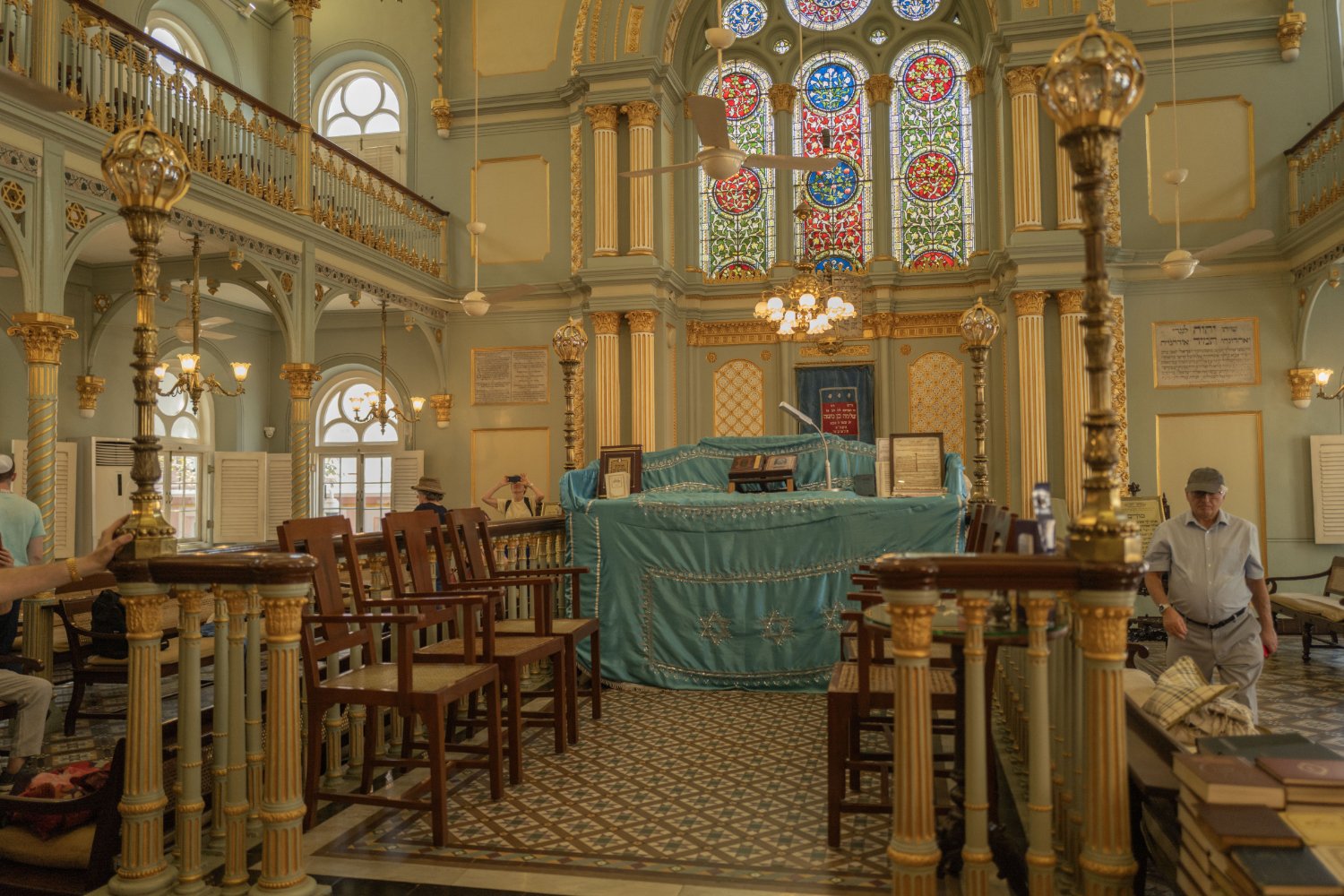JR's subscriber trip to India last month was a delightful assault on the senses and sensibilities, says Monica Bohm-Duchen
The flight from London to Mumbai, although long, went smoothly and by lunchtime on 16 January, Indian time, we were safely ensconced in the luxurious bubble of the Taj Mahal Palace Hotel. After the first of many truly delicious meals, a walk led by our excellent guide Chanandra Abkari braved the terrifying traffic chaos and human hubbub of the city to introduce us to some of the main sites near the hotel, all high Victorian extravaganzas dating from the time of Empire – notably the iconic Gateway of India, but also a number of architecturally eclectic public buildings, including the main museum and art gallery and the University area.
On our first (very) full day, our coach took us on a whistlestop tour of Mumbai, starting with the teeming main railway station and taking in sites as diverse as the Gandhi Museum and the place where every day the so-called ‘dabbawalas' (workers) gather with thousands of lunchboxes. We then visited the first of many of sites of Jewish interest, the beautiful, essentially neo-classical powder blue and white Keneseth Eliyahoo Synagogue. In 1884, it was sponsored by Jacob Sassoon, a member of a prominent family of Baghdadi philanthropists. There, Victor MacMull, also a member of the local Baghdadi Jewish community, gave a fascinating talk about their history, which began in the 18th century when they escaped Muslim persecution in the Middle East and settled in Mumbai.
After lunch, we moved on (passing numerous mosques en route) to an even larger and just as blue Baghdadi synagogue, the Magen David, sponsored by David Sassoon, which although restored in 2010, has since suffered bad monsoon damage and clearly seen better times. This was followed by a visit to the modest and intimate Tiferet Israel Synagogue, which belongs to another distinct community – the Bene Israel, whose origins purportedly lie in Biblical times. One of its members, Aaron Benjamin, spoke to us at length, obviously delighted to have fellow Jews to talk to.
En route back to the hotel, we took in the outdoor site known as the Dhobi Ghat where, against a grossly incongruous backdrop of high-rise buildings, men washed laundry by hand in horrendously crowded and filthy slum conditions. Our last port of call was the splendid neo-Gothic David Sassoon Library, yet another example (together with the nearby Sassoon Docks and the Gateway of India) of the philanthropic munificence of the Sassoon family, often known as ‘the Rothschilds of the East’. Tellingly, the life-size statue of the patriarch adorning the entrance hall sports a Hindu garland of flowers around its neck, indicating his status as a figure of veneration, if not worship, among the wider population.
On Thursday, day four, after a walking tour of the colourful Portuguese-style architecture of the quaint Khotachiwadi neighbourhood of Mumbai, we took an internal flight to Kochi Airport in Kerala, from where we were driven to our hotels in Fort Kochi. Most of us were accommodated at a delightful hotel there, part of the building of which – complete with mikveh – had once belonged to a Jewish merchant called Samuel Koder. The next day, focussing on the rich Jewish history of the area, proved utterly fascinating. Our coach tour started with the disconcertingly-named Jew Town, or Mattancherry area, of old Kochi, with its exotic and much-visited Paradesi Synagogue, founded in 1568 by Jews of Spanish and Portuguese origin and now apparently the oldest active synagogue in the British Commonwealth. Further traces of a rich Jewish past can be seen in some of the shops selling Jewish artefacts that line the street leading to the synagogue precinct, including one that, until five years ago, was presided over by Sarah Cohen, the last living Jew in the road still known today as Jew Street.
We then explored the Muziris Trail, which included the less well-known Chendamangalam and Paravur Synagogues and ended the day with a moving erev Shabbat service led by its proud custodian Babu at the splendid Kadavumbagam Ernakulam Synagogue, founded by the Malabi or ‘Black’ Jews – a term that may sound distasteful to Western ears, but is in contrast to the 'white' Paradesi Jews – whose origins purportedly date back to Solomonic times. Accessed by walking down the lively shopping area of Jew Street and entered via a plant nursery and tropical fish centre, this was a magical if slightly surreal experience that I for one will treasure.
Appropriately, Shabbat was the one day of rest, with Rabbi Sybil Sheridan leading a number of ceremonies in the Forte Kochi Hotel. In addition, some of the group chose to accompany our excellent Kerala guide Arun on a walking tour of the historic and picturesque harbour town of Fort Kochi. The slightly surprising presence here, as elsewhere in Kerala, of a conspicuous number of ornate Christian churches and shrines is clearly a legacy of the Portuguese presence, but also a reminder that St Thomas the Apostle almost certainly came to India expressly to convert the Jewish community already there.
On Sunday, day seven, we set off on the long and scenic inland drive to Thekkady (distances were never huge, but the winding roads and challenging traffic conditions always made for slow progress) and before settling into our lushly landscaped accommodation there, had a chance to sample the local traditions of Kathakali dance-drama and martial arts. On the following day (having benefitted from a previous talk by Rabbi Sybil on the role played by spices and the spice trade in Jewish history) we enjoyed a visit to a nearby spice plantation, learning something in the process about Ayurvedic medicine; and in the evening, via Zoom, we were able to listen to JR's executive director Dr Aviva Dautch give a fascinating talk about aspects of 20th century Indian Jewish culture, focusing on writer Salman Rushdie, artist Amrita Sher-Gil and poet Nissim Ezekiel.
The next day we moved on to the beautiful tea growing centre of Munnar in the dramatic Western Ghats, where some of us visited the local Tea Museum and others chose simply to walk through the tea plantations. And then, too early in the morning for comfort, it was time to return to Kochi for the return flight to Mumbai. Ensconced in the luxurious Leela Mumbai Hotel, some members of the group chose to end their trip with a visit to a Hindu temple – a reminder of the almost bewildering multiplicity of religions in evidence in both Mumbai and Kerala, existing here at least and for the moment, in apparent harmony.
In sum, this amazing trip served as a forceful reminder of our woefully Eurocentric, or at least Western-focused, way of thinking about the meaning of Jewishness and left all those who went on it with a huge amount of new information, both factual and sensory, to ponder and digest. Incontrovertible evidence of the rich Jewish history of the Indian subcontinent is lent an extra poignancy by the fact that virtually all Indian Jews moved to Israel after 1948, where most of them – initially at least – were barely acknowledged as Jews at all.
By Monica Bohm-Duchen
JR's Jewish India tour took place from 15-25 January 2024. To find out more about our tours and browse upcoming trips, visit our Tours page.


